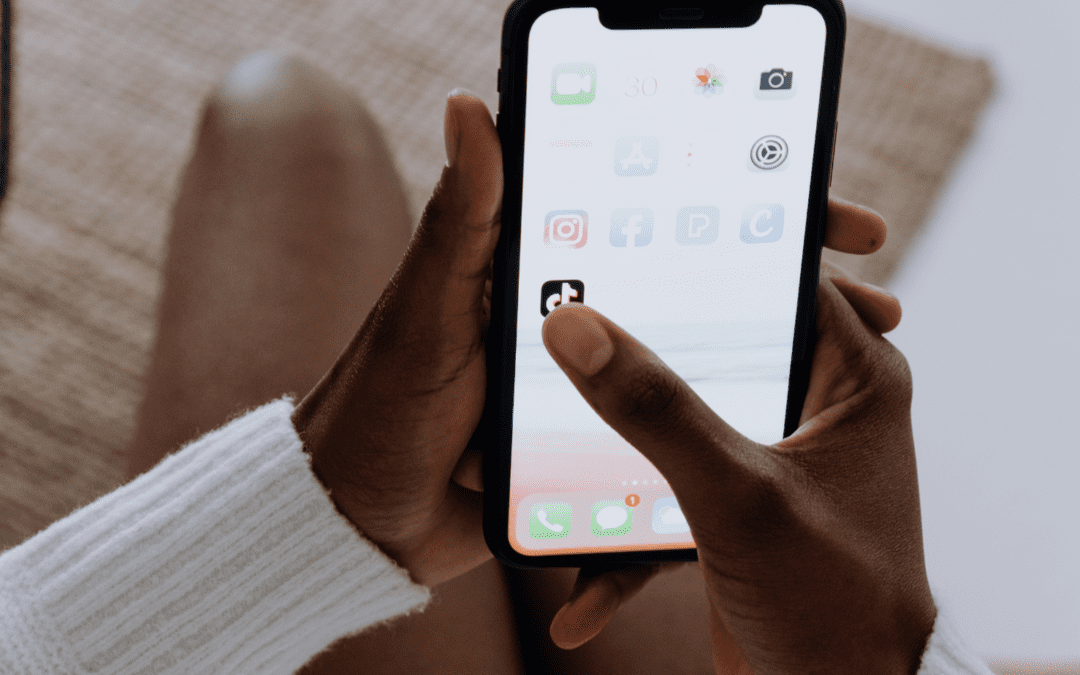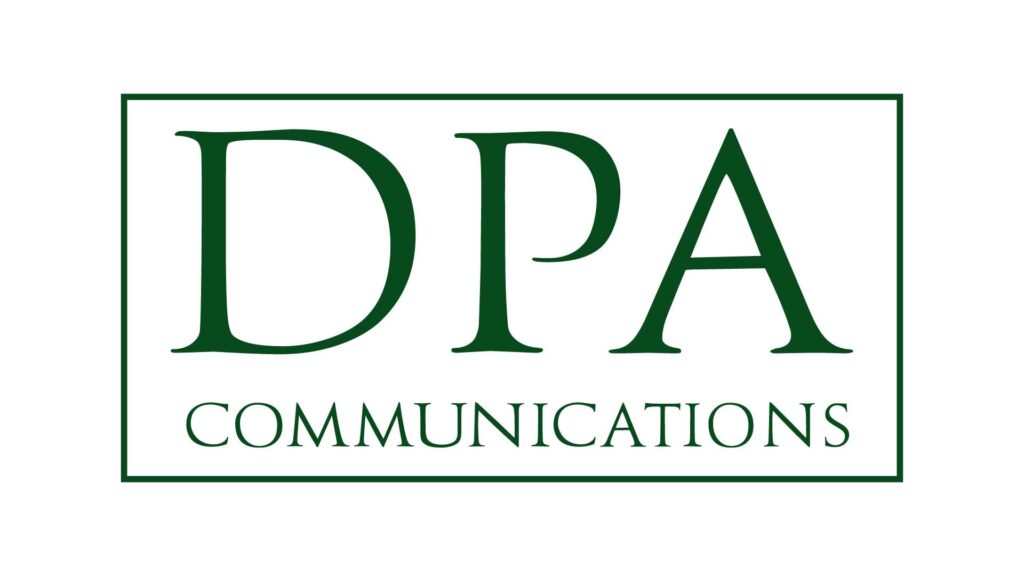In recent years, TikTok has emerged as a dominant platform for creative content, offering brands an unparalleled opportunity to connect with younger audiences. With over 150 million U.S. users, the app has been a cornerstone of many public relations (PR) strategies. However, the potential ban of TikTok in the United States could drastically alter the PR landscape, forcing professionals to rethink how they engage with audiences and allocate their resources.
The Current Role of TikTok in PR
TikTok has become a powerful tool for:
- Brand Storytelling: Its short-form, visually engaging content format allows brands to tell compelling stories.
- Influencer Marketing: TikTok influencers play a pivotal role in amplifying brand messages and driving trends.
- Viral Campaigns: The app’s algorithm encourages organic virality, making it possible for even small brands to gain massive reach.
For PR professionals, TikTok has been a playground of creativity and measurable ROI. A ban would disrupt these dynamics significantly.
Immediate Impacts of the Ban
If TikTok is banned, PR professionals will face several challenges:
- Loss of Audience Reach: Many brands have invested heavily in building TikTok communities. A ban would cut off direct access to these audiences.
- Shift in Advertising Budgets: Companies will need to redirect ad spending to other platforms like Instagram Reels, YouTube Shorts, and emerging apps such as Clapper or Lemon8.
- Decline in Influencer Marketing Effectiveness: TikTok-native influencers would lose their primary platform, complicating brand partnerships and reducing the pool of talent for campaigns.
- Creative Limitations: TikTok’s unique content style may be difficult to replicate on other platforms, potentially stifling creative campaigns.
Long-Term Implications
While the immediate effects of a TikTok ban are disruptive, the long-term consequences could reshape the PR industry in the following ways:
- Diversification of Platform Strategies: PR teams will need to focus on a broader mix of platforms to mitigate future risks. This could mean increasing investments in platforms like Instagram, YouTube, Snapchat, and even LinkedIn.
- Emergence of New Platforms: A TikTok ban may accelerate the adoption of alternative social media apps, creating new opportunities for PR campaigns.
- Renewed Focus on Owned Media: Brands may prioritize building audiences on owned channels, such as email newsletters, websites, and proprietary apps, to reduce reliance on external platforms.
- Data Privacy and Compliance Awareness: The reasons behind the TikTok ban—primarily concerns over data privacy—highlight the need for PR professionals to be more aware of compliance and data security issues in their campaigns.
Adapting to the New Normal
PR professionals can take proactive steps to navigate the uncertainty surrounding TikTok’s future:
- Evaluate Platform Dependencies: Assess the reliance on TikTok within your PR strategy and identify alternative channels to reach your target audience.
- Strengthen Influencer Relationships: Work with influencers to transition their content strategies to other platforms.
- Invest in Analytics: Use data to understand where your audience is migrating and tailor your efforts accordingly.
- Experiment with Emerging Platforms: Stay ahead of trends by testing campaigns on newer apps and mediums.
Conclusion
While a TikTok ban in the U.S. presents significant challenges, it also offers an opportunity for the PR industry to innovate and diversify. By staying adaptable and forward-thinking, PR professionals can continue to build impactful campaigns in an evolving digital landscape.


